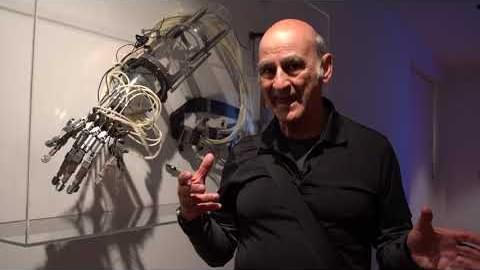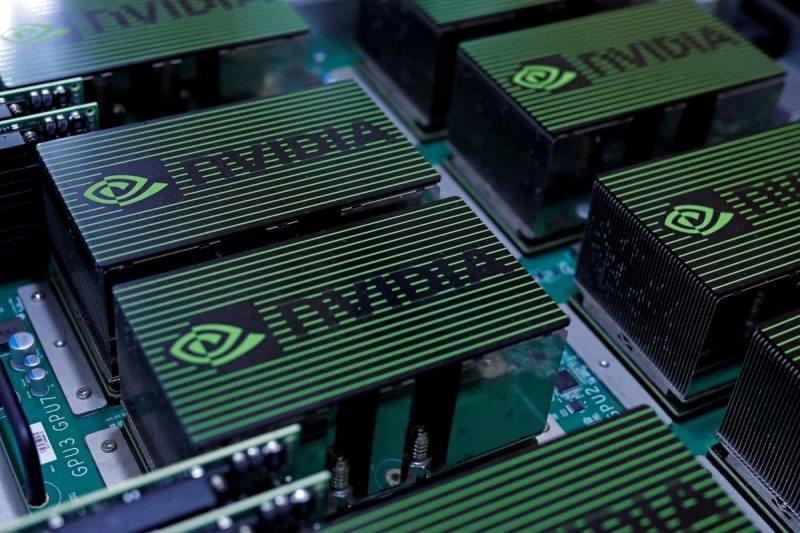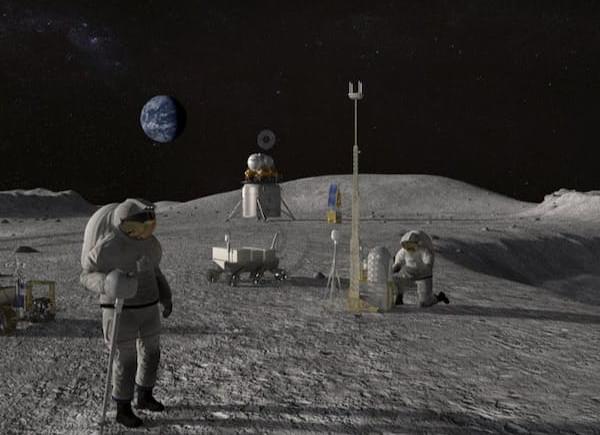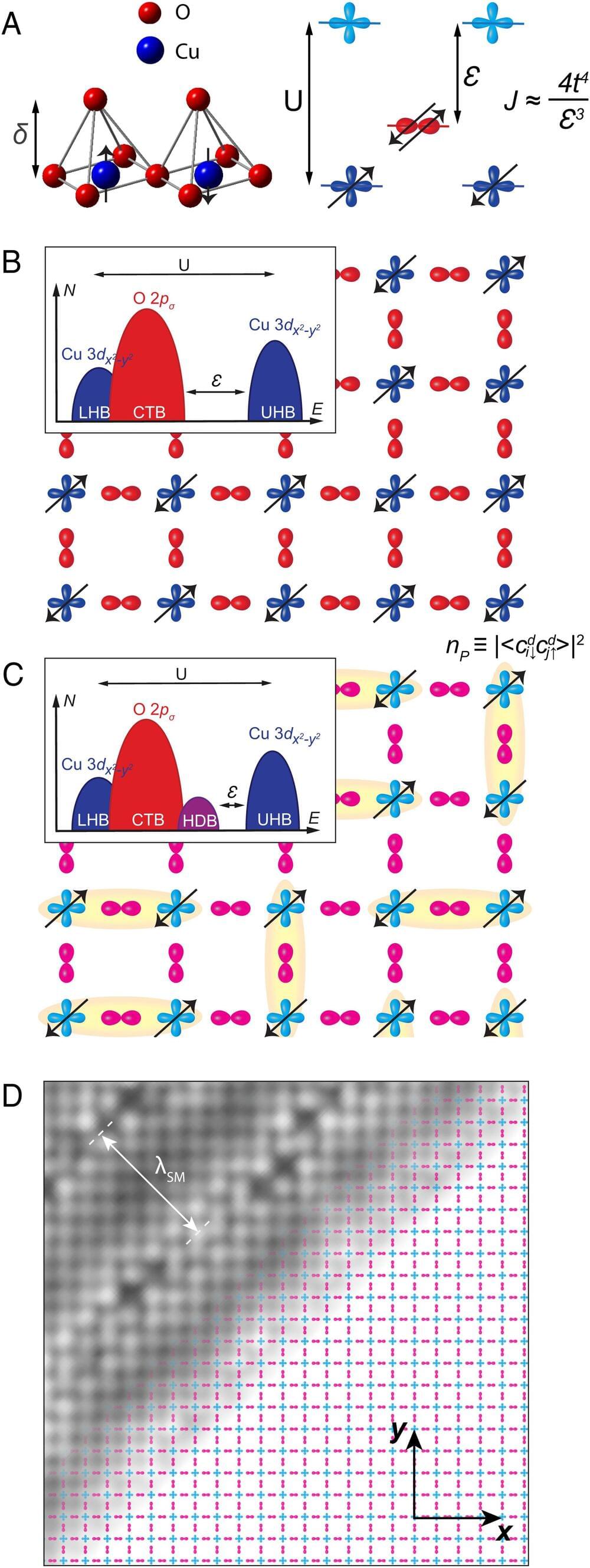A team of researchers in the United States has discovered a novel mechanism in which a key protein drives the inflammatory damage associated with rheumatoid arthritis. The foundational finding is hoped to direct research toward entirely new pathways to treat this autoimmune disease affecting millions.
One of the most impactful rheumatoid arthritis discoveries over the past few decades was finding an immune cytokine called tumor necrosis factor‑alpha (TNF-alpha) plays a crucial role in joint tissue inflammation. Following this discovery the development of monoclonal antibody TNF inhibitors offered rheumatoid arthritis patients a completely new type of medicine to treat their condition.
But, as senior author on the new research Salah‑Uddin Ahmed explained, TNF inhibitors aren’t effective in all patients. And even then, they are not ideal long-term medicines dues to a variety of side effects.









